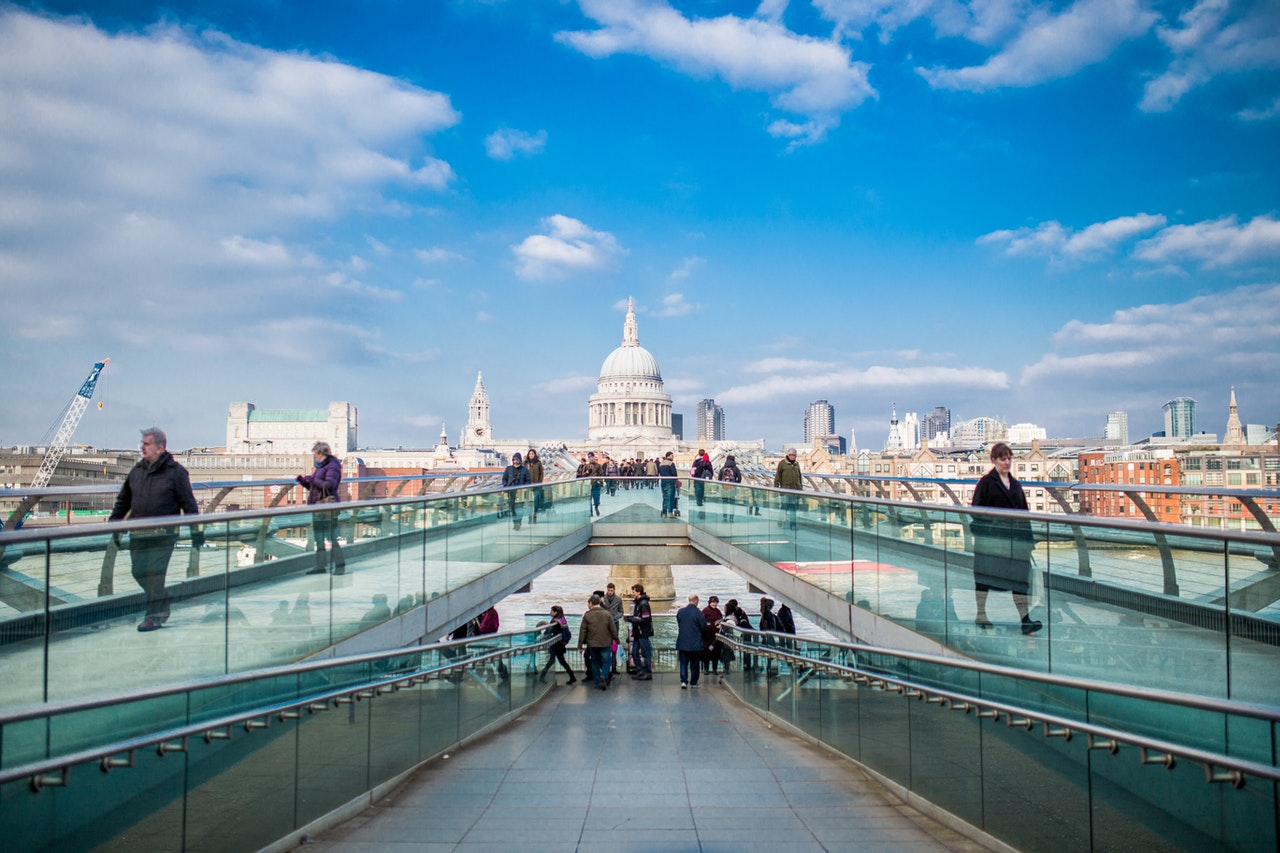The City of London Corporation has adopted new guidelines to better understand the impact developments will have on the thermal comfort of their surroundings.
The ‘Thermal Comfort Guidelines’ are believed to be the first of their kind globally, and will see data on wind, sunlight, temperature and humidity analysed on a seasonal level to predict how the microclimatic character of a place will feel to the public once a scheme is put in place.
Tall and major building developers will be required to take account of the potential microclimate and thermal comfort impacts at an early stage in the design process.
The analysis will shape improvements to the quality of outdoor spaces within the Square Mile to better the health and wellbeing of residents, workers and visitors, as well as improving the experience of walking and cycling in the City.
A metric, known as the Universal Thermal Climate Index (UTCI), will be used to forecast changes to the thermal comfort surrounding a new development scheme. The technique was formed in collaboration with microclimate engineering consultancy firm RWDI.
The Thermal Comfort Guidelines will also inform how to make the Square Mile more resilient to the effects of climate change.
Research into the implications of temperature increases has identified and mapped ‘heat stress’ areas where shading and cooling measures, such as tree planting, vertical greening, water features and appropriate cladding, should be considered.
Chair of the Planning and Transportation Committee, Alastair Moss, said: “The new Thermal Comfort Guidelines show the City Corporation’s dedication to considerate development, as we seek to understand and manage the impact of schemes on the local area at an early stage in the planning process.
NOW READ: City Corporation responds to London moving to Tier 3: Very High Alert
“By taking into account how a development will impact the wind, sunlight, temperature and humidity of its neighbouring properties and amenities we are ensuring the feel of our globally renowned landscape is maintained.
“These world leading guidelines support our drive towards a greener future.”
Vice President Eurasia at RWDI, Ender Ozkan, said: “RWDI is proud to be the lead author in collaboration with the City of London on these revolutionary guidelines.
“There is a growing demand for high quality public outdoor spaces, not just in the City of London but in major city centres around the world.
“These new guidelines allow for better-informed planning decisions around vital outdoor amenities in the City.
“RWDI anticipates that these strategies will serve as a foundation for other global cities seeking to adopt similar measures designed to improve the health of their public spaces.”
The Thermal Comfort Guidelines are the latest in a series of Planning Advice Notes available to City developers.
In 2017, the City Corporation published advice notes on wind, solar glare, solar convergence and sunlight, with further guidance on Wind Microclimates published last year.
Many key City Corporation policies, including the City Plan 2036, the Transport Strategy and the Climate Action Strategy, commit to radical action to protect our natural and built environment and to tackle climate change head on.
For the latest headlines from the City of London and beyond, follow City Matters on Twitter, Instagram and LinkedIn.








